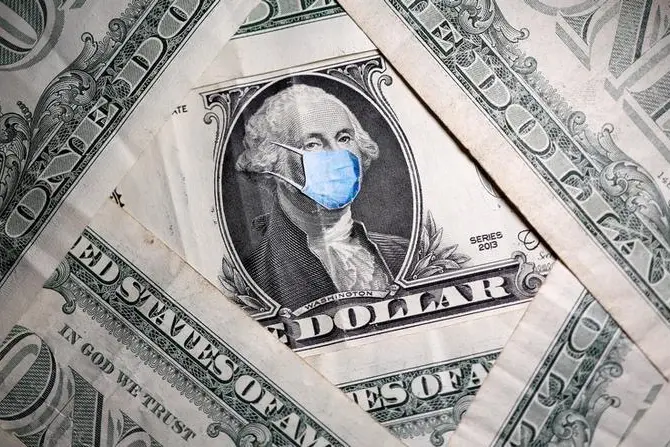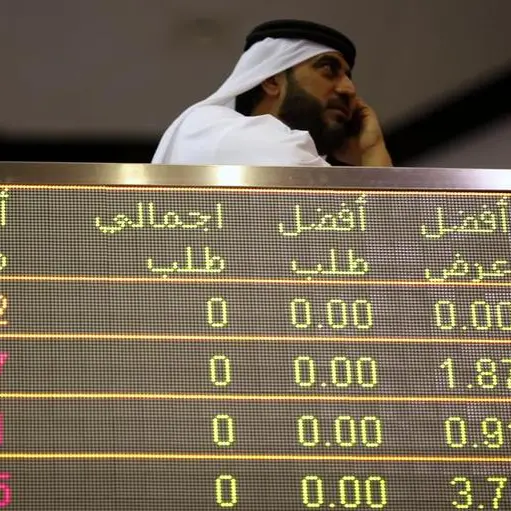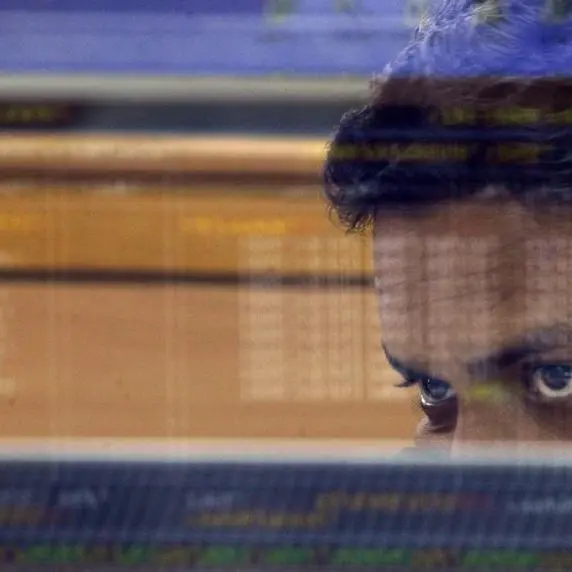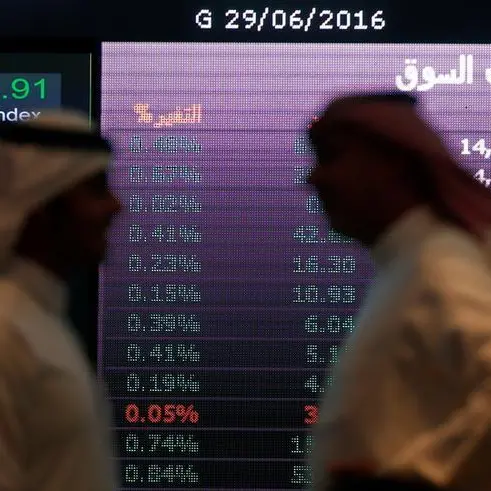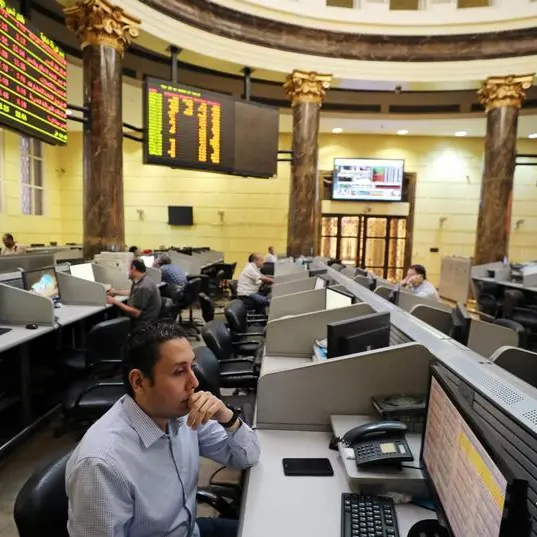PHOTO
TOKYO: U. S dollar retreated for the second straight day on Wednesday while the Australian dollar and euro inched higher, as reports of imminent COVID curbs in Britain failed to dent a conviction the Omicron variant would not derail global economic recovery.
The Australian dollar hit a one-week high, China's yuan jumped to its highest since May 2018 versus the dollar in offshore trade, while world stocks were generally higher.
Media reports that Britain was on the point of bringing in more COVID-linked restrictions pushed the pound and UK stocks lower but the impact was yet to be felt significantly in offshore markets.
The dollar index , which measures the greenback against six major peers, slipped 0.10% to 96.20, while the euro climbed 0.2% to $1.1289 .
"Attention in FX markets returns to the central bankers and how they plan to manage the growth versus inflation trade-off," ING analysts said, pointing to central bank meetings in Canada, Poland and Brazil, while the U.S. Federal Reserve meets next week.
The Aussie rose as high as $0.7142 and 81.07 yen , levels not seen since Dec. 1.
News on the Omicron front had been broadly positive earlier, with British drugmaker saying its antibody-based COVID-19 therapy with U.S. partner Vir Biotechnology was effective against all mutations of the new coronavirus variant.
The Reserve Bank of Australia also said Omicron was not expected to stall the country's economic recovery.
Investors had already cheered comments from the weekend that cases in South Africa - where the Omicron strain was first identified - showed milder symptoms.
For the week, Australia's currency is up 1.84% against the greenback, setting up its best performance in three months.
The Chinese yuan hit the highest since May 2018 against the dollar in offshore trading, strengthening as far as 6.3440 .
"There was no immediate catalyst for the move lower" in the dollar-yuan pair, but "the general improvement in risk sentiment as Omicron fears fade is a weight", Commonwealth Bank of Australia strategist Kimberley Mundy wrote in a research note.
The Canadian dollar marked a two-week high at $1.26325 per greenback, hours before a Bank of Canada policy meeting. Economists expect no change at that meeting but forecast rate hikes as early as the middle of next year.
The U.S. Federal Reserve meets next week and is expected to increase the pace at which it is tapering stimulus, which would set up the possibility of earlier rate hikes.
A report on U.S. job openings on Wednesday should provide further evidence of a tightening labour market.
Money markets are currently fully priced for a quarter point Fed rate increase by June, though UK futures further cut bets on a Bank of England rate rise next week .
(Reporting by Tommy Wilkes Editing by Alex Richardson and Mark Heinrich
